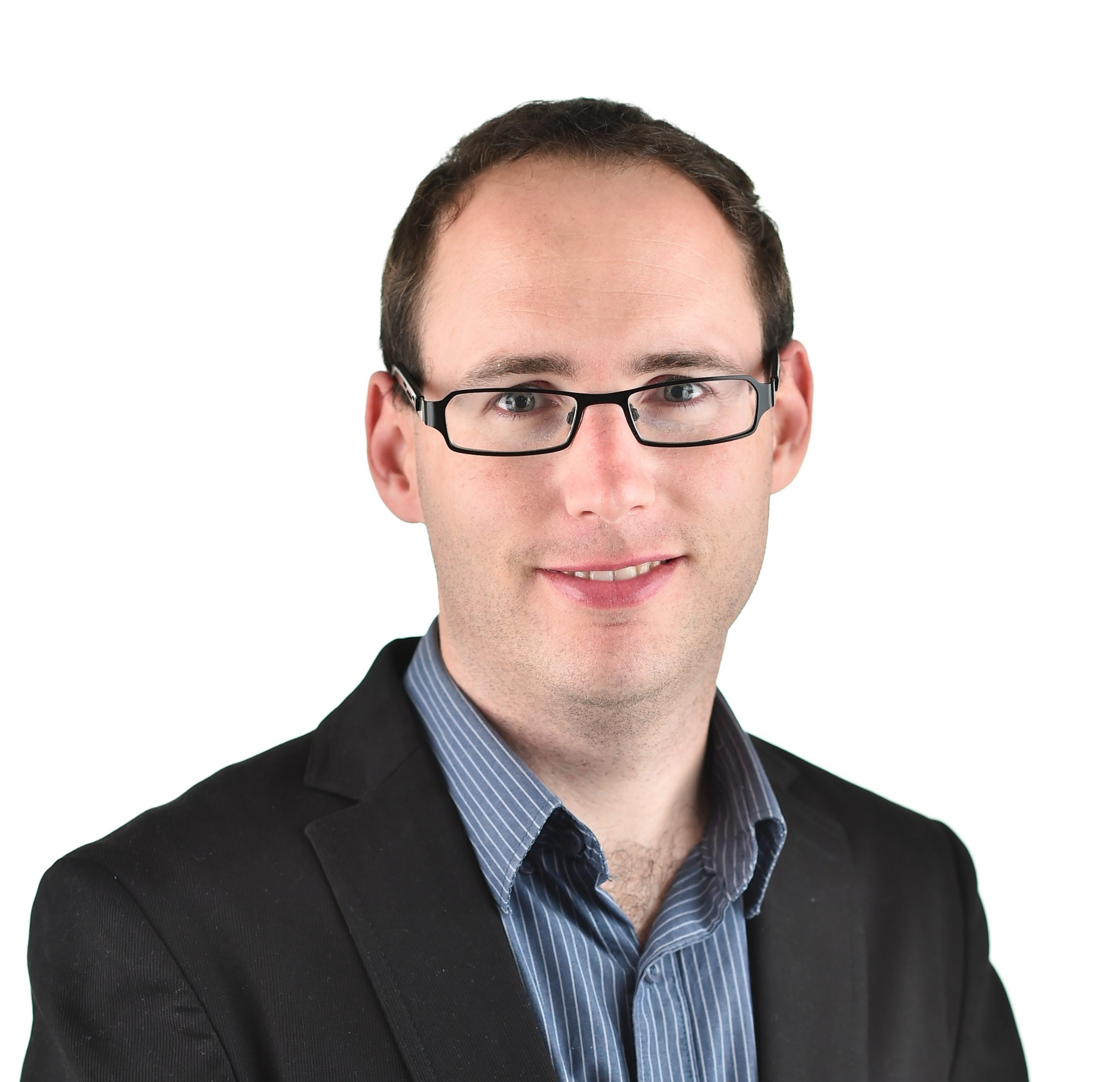Nadav Amdursky
Where Energy Comes to Life
Associate Prof. Nadav Amdursky
GTEP new recruit Associate Prof. Nadav Amdursky is researching the interface of biology and future energy sources. At his laboratory at the Schulich Faculty of Chemistry, the living inquiry is into biological charge transfer processes, such within the respiratory system. These, says Amdursky, are the basis of our life; where proteins are nature’s main choice for the translocation of charges. “As scientists have the obligation of understanding the fundamentals of these processes,” he says. “We explore various types of charge transfer properties – mainly across peptides and proteins – while distinguishing between electron and proton transfer.”
Amdursky earned his first degree in biotechnology at Tel Aviv University, where he also completed his PhD in combining synthesized Biology and Electrical Engineering to examine the optoelectronic properties of peptide structures. His first post-doc was at the Weizmann Institute in which he researched electron transport across proteins. For his second post-doc he joined the group of Prof. Molly Stevens from Imperial College London to work on charge conduction across biological scaffolds. He joined Technion in 2016 and is enjoying sharing new and exciting multidisciplinary research with the Faculty of Chemistry.
“Millions years of evolution have shaped the energy cycles of nature. Now, it is our turn to first, understand what makes these cycles tick, and second, to exploit nature’s building blocks for future technologies, from molecular transistors to photovoltaic devices, fuel cells, light emitting diodes and many more,” says Amdursky.
One of the end goals of our group is to design protein-based biomaterials with tunable electronic properties for the use of tissue engineering.
The ability of biological molecules to mediate charges has resulted in the formation of the field of bioelectronics, where biomolecules are probed for their ability to mediate electronic conduction. In our group we use different types of bioelectronic device configurations from the nm-scale to the macroscale, to probe the ability of biomaterials to conduct both electrons and protons while applying an electric field.
“GTEP is a unique opportunity in the Technion to combine multiple disciplines and multiple faculties under the same umbrella of energy research,” says Amdursky. “The shared facilities and the financial support are highly important for the development of new ideas, and especially for young faculty members, as I am, who do not have a big group to start from.”


